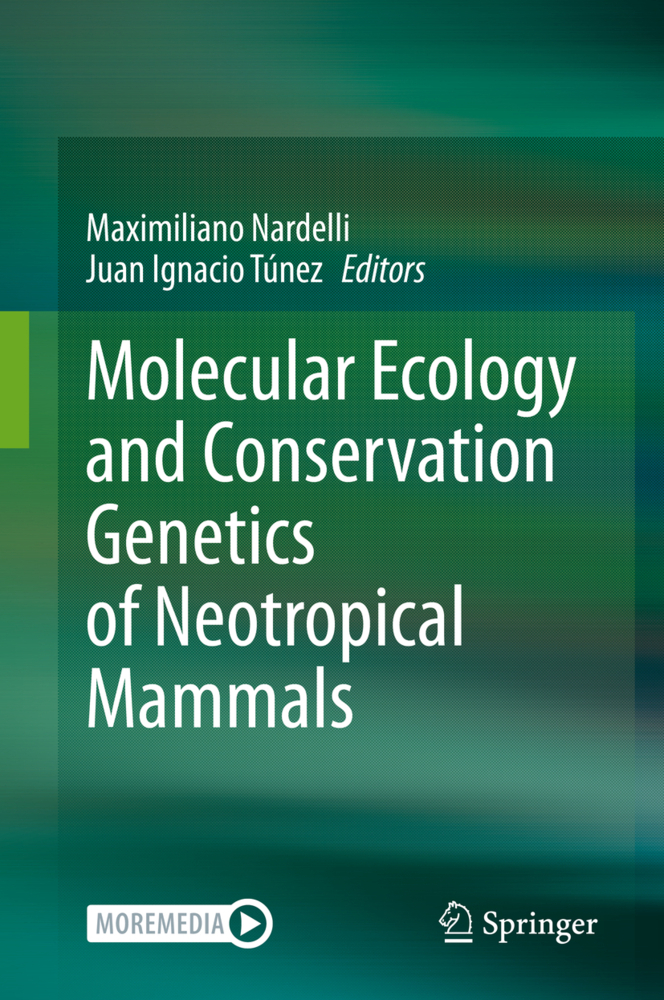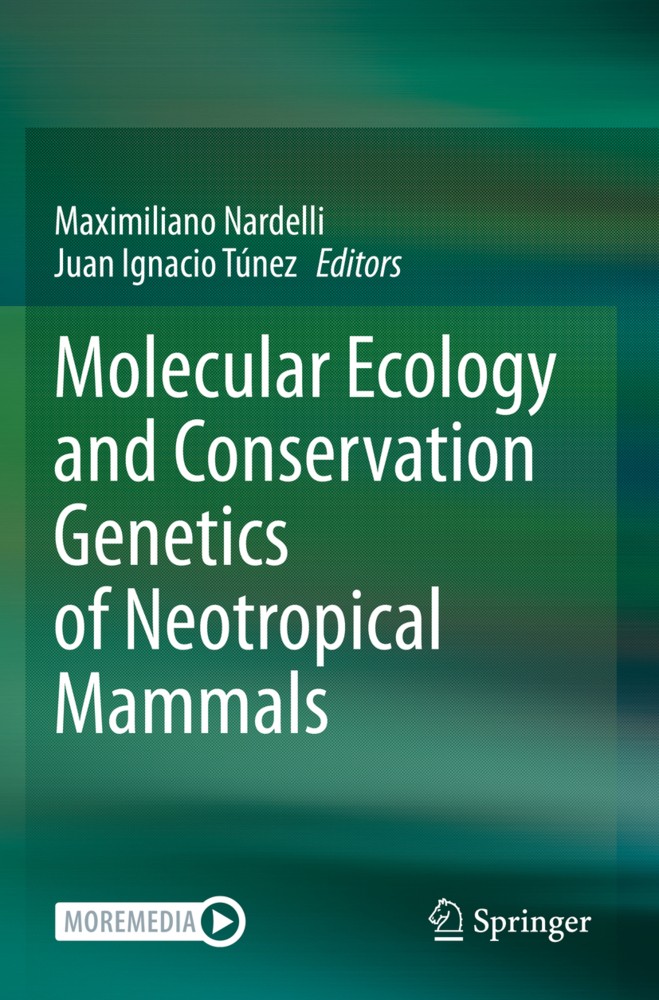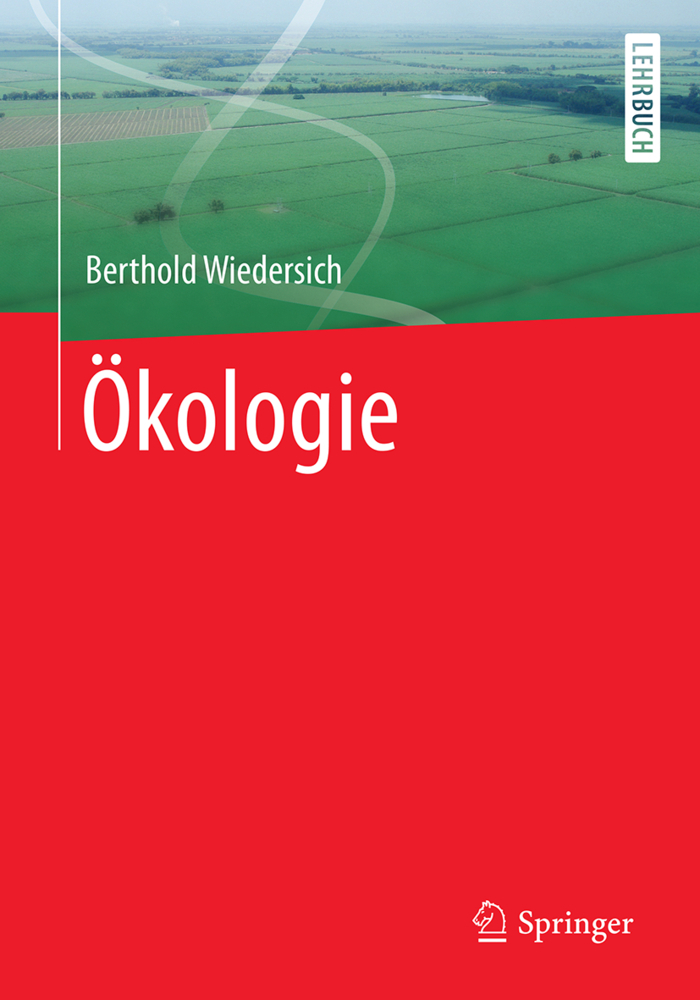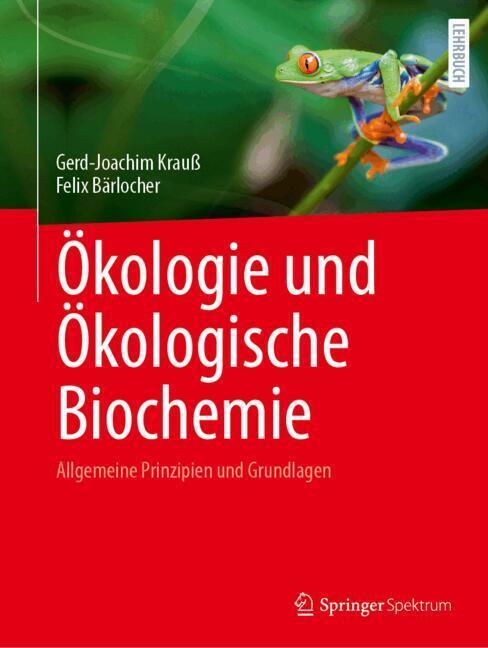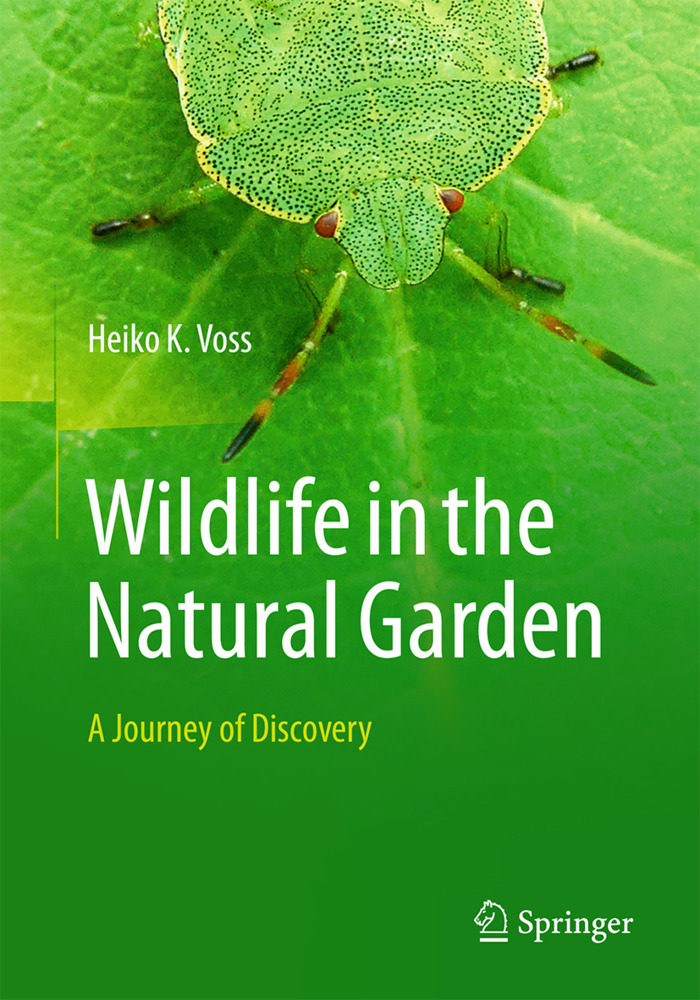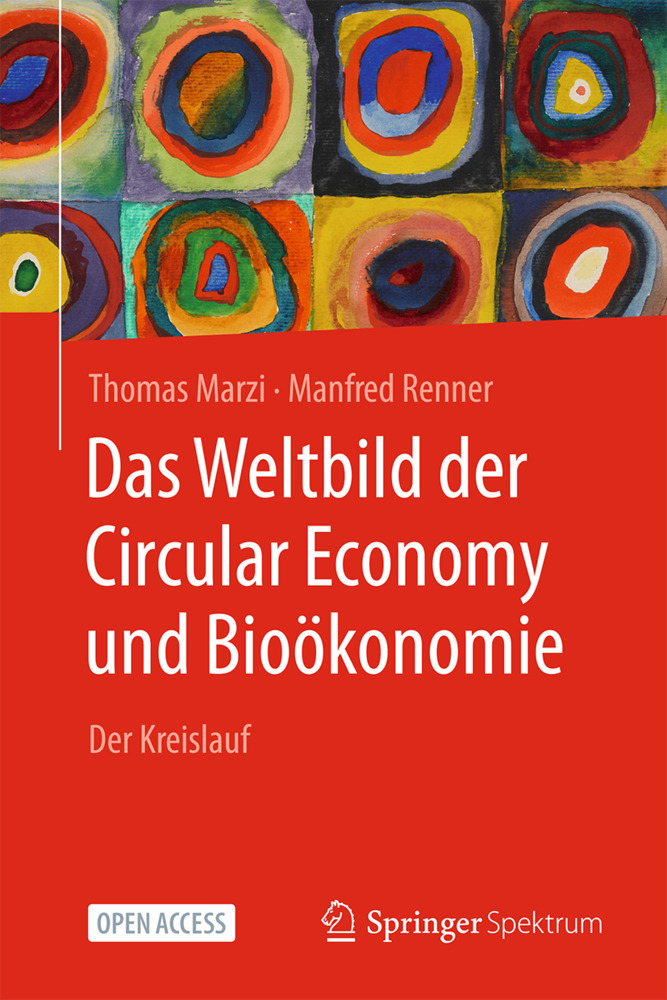Molecular Ecology and Conservation Genetics of Neotropical Mammals
Molecular Ecology and Conservation Genetics of Neotropical Mammals
Although all living beings modify their environment, human beings have acquired the ability to do so on a superlative space-time scale. As a result of industrialization and the use of new technologies, the anthropogenic impact has been increasing in the last centuries, causing reductions in the sizes or the extinction of numerous wild populations. In this sense, from the field of conservation genetics, various efforts have been made in recent decades to provide new knowledge that contributes to the conservation of populations, species, and habitats. In this book, we summarize the concrete contributions of researchers to the conservation of the Neotropical mammals using Molecular Ecology techniques.
The book is divided into three major sections. The first section provides an up-to-date review of the conservation status of Neotropical mammals, the applications of the molecular markers in its conservation, and the use of non-invasive and forensic genetic techniques. The secondand third sections present, respectively, a series of case studies in various species or taxonomic groups of Neotropical mammals.Chapter 1 - Introduction.- Section 1 - Background and Technical Notes.- Chapter 2 - Conservation status of Neotropical mammals: A review
Chapter 3 - The use of molecular markers in Neotropical mammal conservationChapter 4 - Non-invasive genetic sampling techniques applied to conservation genetic studies in mammals
Chapter 5 - Landscape Genomics in wildlife conservation
Chapter 6 - The use of forensic DNA on the conservation of Neotropical mammals
Chapter 7 - Leveraging conservation through massive sequencing technologies
Chapter 8 - The importance of considering genetic factors in population viability analysis.- Section 2 - Case studies.- Chapter 9 - Effects of the sample sizes in the determination of the true number of haplogroups within a species with conservation purposes: the case of the Cebus albifrons in Ecuador, and the cases of the jaguarundi, the kinkajou and the coati throughout Latin America
Chapter 10 - Molecular Ecology Approaches to Study Neotropical Bats
Chapter 11 - Phylogeographic approximation of the subspecies Odocoileus virginianus veraecrusis (Goldman & Kellogg 1940) in the South Eastern Coastal Plain, Mexico.-Chapter 12 - Perspectives on Neotropical primate's conservation genetics
Chapter 13 - The use of Genetic Footprints as a tool to trace the origin of the heavily trafficked White-footed tamarins (Saguinus leucopus) in Colombia
Chapter 14 - Schrödinger's cat in genetics for the conservation of species in the tropical Andes: bibliographical review of the order Carnivora
Chapter 15 - Conservation genetics of rodents in Argentina
Chapter 16 - Conservation genetics of caviomorphs and sigmodontine rodents in the Neotropics.-Chapter 17 - Aquatic Mammals of the Amazon: a review of gene diversity, population structure and phylogeography.- Conclusion.- Chapter 18 - Concluding remarks.
Nardelli, Maximiliano
Túnez, Juan Ignacio
| ISBN | 978-3-030-65605-8 |
|---|---|
| Artikelnummer | 9783030656058 |
| Medientyp | Buch |
| Copyrightjahr | 2021 |
| Verlag | Springer, Berlin |
| Umfang | XIV, 369 Seiten |
| Abbildungen | XIV, 369 p. 52 illus., 36 illus. in color. |
| Sprache | Englisch |

